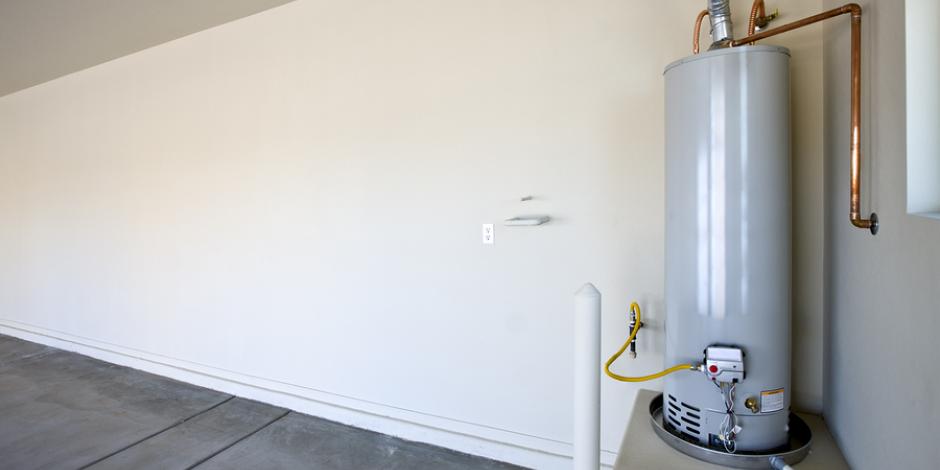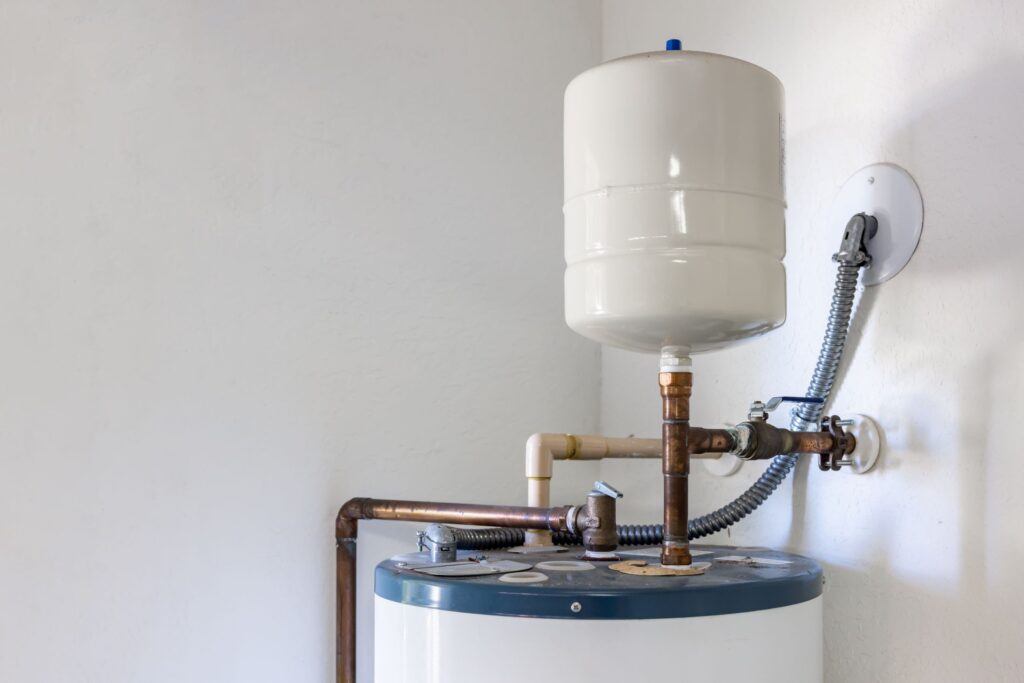Tips on How to Keep Your Home's Hot Water System in Good Condition
Tips on How to Keep Your Home's Hot Water System in Good Condition
Blog Article
This great article down the page on the subject of Tips on Maintaining a Water Heater is seriously stimulating. Have a go and draw your own personal findings.

Hot water is essential for everyday convenience, whether it's for a refreshing shower or washing meals. To ensure your warm water system runs successfully and lasts longer, regular upkeep is crucial. This short article supplies useful tips and understandings on exactly how to maintain your home's warm water system to prevent interruptions and pricey repair services.
Introduction
Preserving your home's hot water system might appear complicated, but with a couple of straightforward steps, you can guarantee it runs smoothly for many years to come. This guide covers every little thing from comprehending your warm water system to DIY upkeep pointers and knowing when to contact professional assistance.
Relevance of Keeping Your Hot Water System
Routine maintenance not just extends the life-span of your warm water system but also ensures it operates successfully. Overlooking maintenance can bring about reduced performance, greater energy bills, and also premature failure of the system.
Indicators Your Warm Water System Requirements Upkeep
Understanding when your warm water system requires interest can prevent significant concerns. Keep an eye out for signs such as inconsistent water temperature level, strange noises from the heating unit, or rusty water.
Understanding Your Hot Water System
Prior to diving into maintenance tasks, it's handy to recognize the basic elements of your warm water system. Normally, this includes the water heater itself, pipes, anode poles, and temperature controls.
Regular Monthly Maintenance Tasks
Routine month-to-month checks can assist capture minor problems prior to they intensify.
Purging the Water Heater
Purging your hot water heater eliminates debris buildup, enhancing efficiency and lengthening its life.
Monitoring and Changing Anode Rods
Anode rods stop deterioration inside the tank. Inspecting and replacing them when worn is vital.
Inspecting and Changing Temperature Level Setups
Readjusting the temperature level settings ensures optimum performance and safety.
DIY Tips for Maintenance
You can carry out numerous upkeep tasks yourself to maintain your hot water system in top problem.
Checking for Leakages
Frequently evaluate pipelines and connections for leaks, as these can bring about water damage and higher expenses.
Evaluating Stress Relief Valves
Checking the stress safety valve ensures it works properly and stops excessive pressure build-up.
Shielding Pipes
Shielding hot water pipes lowers warm loss and can save power.
When to Call a Professional
While DIY upkeep is useful, some problems call for professional know-how.
Complex Issues Calling For Professional Aid
Examples include significant leaks, electrical problems, or if your hot water heater is continually underperforming.
Routine Professional Upkeep Advantages
Expert upkeep can consist of comprehensive assessments, tune-ups, and ensuring conformity with security requirements.
Conclusion
Normal maintenance of your home's warm water system is necessary for performance, durability, and cost savings. By adhering to these suggestions and knowing when to look for specialist help, you can make certain a trustworthy supply of hot water without unanticipated disruptions.
Water Heater Maintenance: The Basics
Maintaining your water heater will ensure it operates efficiently and has a longer lifespan. Neglecting regular maintenance can lead to costly repairs and an even bigger chunk of your savings if you have to replace it sooner than necessary. But there’s good news: Most water heater maintenance tasks are relatively simple and easy for homeowners with basic DIY skills.
Flush the Water Heater
Over time, sediment and minerals can build up in the tank, reducing its efficiency and potentially causing damage. To flush the tank, turn off the power or gas supply, attach a hose to the drain valve near the bottom and open the valve to drain the water until it runs clear. Ideally, flush the tank annually.
Replace the Anode Rod
The anode rod is a sacrificial metal rod that helps prevent corrosion inside the tank. Inspect and replace it every three to five years or per the manufacturer's recommendation. To replace the anode rod, turn off the power or gas supply, drain a few gallons of water from the tank, unscrew the old rod and replace it with a new one. If the anode rod is significantly corroded or covered in calcium buildup, it's a sign the water heater may need to be replaced soon.
Tune-Up
A yearly tune-up can help identify potential issues and ensure your water heater operates at peak efficiency. This typically involves checking the thermostat, burner assembly (for gas heaters) and any other components specified by the manufacturer. During a tune-up, the technician may also clean the burner and adjust the pilot light (for gas heaters) or examine the heating elements (for electric heaters).
How to Maintain Your Water Heater
Insulate the tank. Insulating the tank can improve energy efficiency and reduce heat loss, saving you money on energy bills. You can purchase precut insulation blankets designed specifically for water heaters or use standard fiberglass insulation wrapped securely around the tank. Check the temperature. The recommended water temperature for most households is around 120 degrees Fahrenheit (49 degrees Celsius). Higher temperatures can increase energy costs and potentially cause scalding. Use a kitchen thermometer to check the temperature at the faucet nearest the water heater. Monitor water pressure. Excessive water pressure can strain the water heater and cause leaks or even tank failure. Install a pressure-reducing valve if necessary. The ideal water pressure range is between 60 and 70 PSI (pounds per square inch). Test the temperature and pressure (T&P) relief valve. The T&P relief valve is a safety feature that releases pressure if the tank gets too hot or the pressure builds up too high. Test it annually by lifting the lever and allowing a small amount of water to release. Replace the valve if it doesn't release water or reseal properly. Check for leaks. Regularly inspect the tank, pipes and fittings for leaks or corrosion. Deal with issues promptly to prevent further damage. Even a small leak can lead to significant water damage over time. Consider a tankless water heater. If your traditional tank-style water heater is nearing the end of its lifespan ( typically 10 years), consider replacing it with a tankless water heater. These units heat water on demand, reducing standby energy losses and potentially saving you money on your energy bills. Schedule professional maintenance. While homeowners can perform many water heater maintenance tasks, it's still a good idea to schedule professional maintenance every few years. A plumber or HVAC technician can thoroughly inspect the unit, identify potential issues and ensure it operates safely and efficiently. https://www.homeserve.com/en-us/blog/home-improvement/hot-water-heater-maintanence/

Do you enjoy reading up on Tips For Maintaining Your Hot Water Heater? Place a comment directly below. We would be happy to hear your suggestions about this entry. Hoping to see you back again later on. Kindly set aside a second to distribute this content if you liked it. Thank-you for going through it.
Contact Us Today Report this page